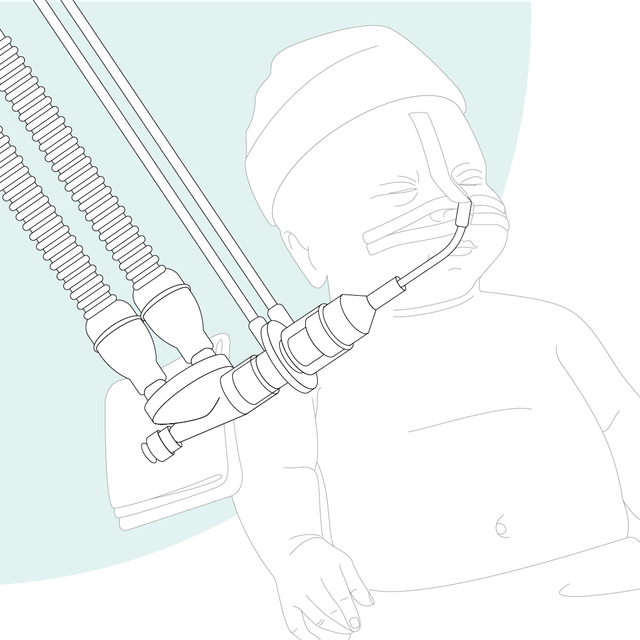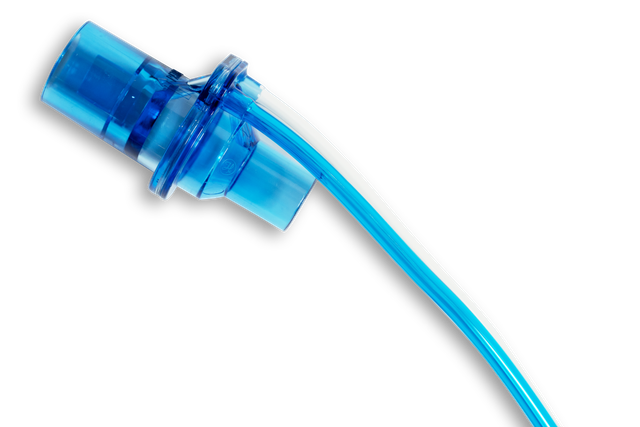
The proximal flow sensor has been the centerpiece of our ventilators since 1983. The whole ventilation process depends on the measurement and accuracy of the flow sensor, and they provide data from the airway opening.
Precise volume, flow, and pressure data is crucial to making a correct diagnosis and avoiding common side effects of inappropriate ventilation settings. It is also what enables some of our advanced technologies, such as the ASV and INTELLiVENT-ASV modes, IntelliSync+, and the P/V Tool.

Our ventilators measure flow and pressure close to the patient's airway. Studies have shown that tidal volumes for ventilated patients should be determined with a flow sensor placed at the endotracheal tube (

Accurately determining the exhaled tidal volume (VTE) is crucial (
Benefits for you:
We offer Hamilton Medical consumables for adult, pediatric, and neonatal patients. You can choose between reusable and single-use products, depending on your institutional policies.
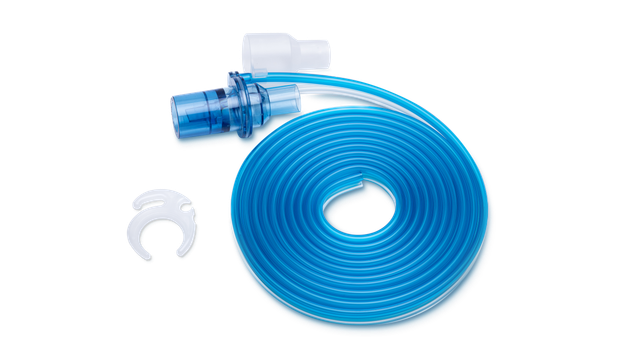
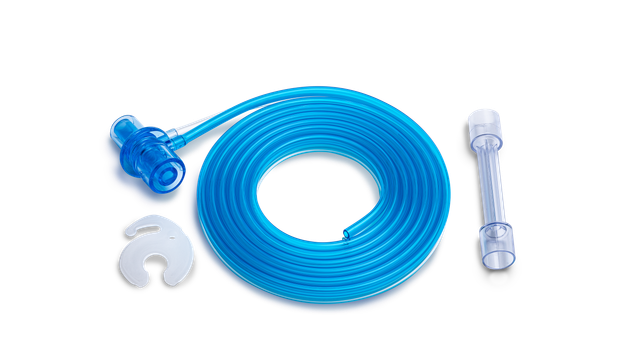
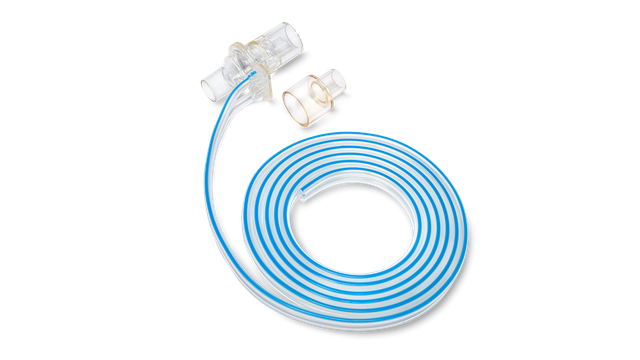

Hamilton Medical single‑use flow sensors help us prevent cross-contamination because we don't have to worry about re-using the flow sensors on another patient.
Director of Respiratory Care until 2018
University Medical Center, Lubbock (TX), USA
